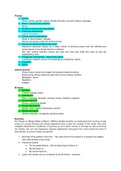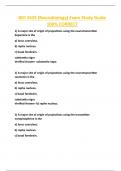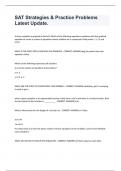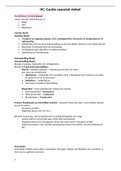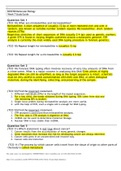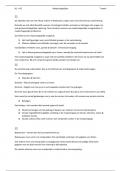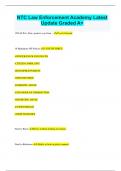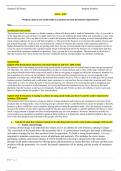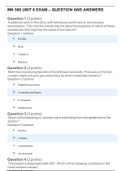Summary
Summary IB English B HL (The House on Mango Street analysis)
- Course
- Institution
- Book
This is an analysis of the book called "The House on Mango Street" which contains chapter summary, themes, character analysis etc. I got 28 for final IB English B HL IO. Hope this will help!
[Show more]
